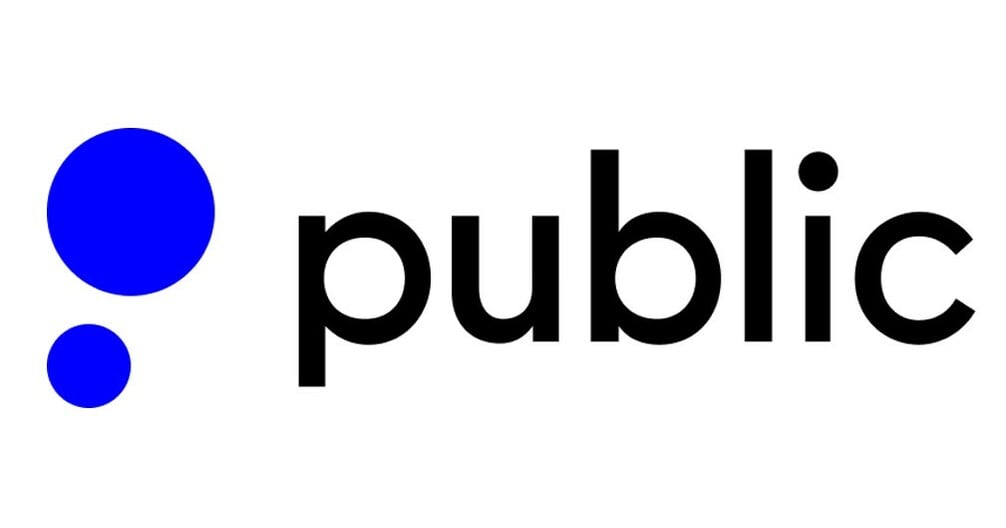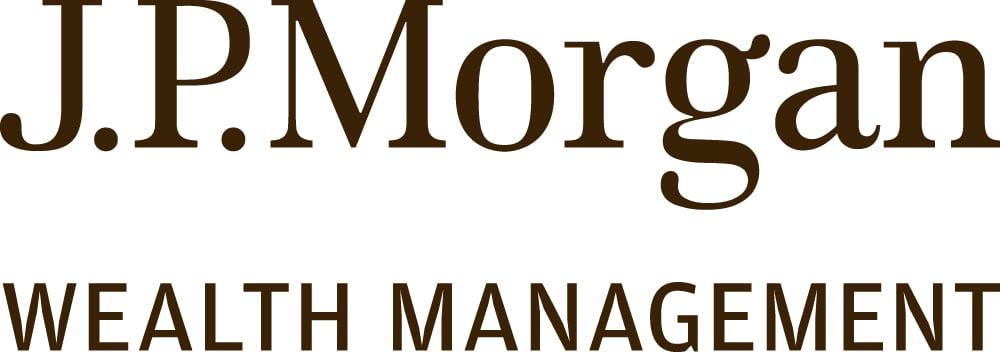Direct Indexing: What It Is, How It Works
Many investment strategies aim to replicate the returns of a stock market index, such as the S&P 500. Direct indexing is one such strategy that has added tax benefits.

Many, or all, of the products featured on this page are from our advertising partners who compensate us when you take certain actions on our website or click to take an action on their website. However, this does not influence our evaluations. Our opinions are our own. Here is a list of our partners and here's how we make money.
The investing information provided on this page is for educational purposes only. NerdWallet, Inc. does not offer advisory or brokerage services, nor does it recommend or advise investors to buy or sell particular stocks, securities or other investments.
Direct indexing is an investment strategy that involves purchasing individual stocks that make up an index rather than investing in a fund designed to track that index. This level of control can offer investors tax and customization benefits.
What is direct indexing?
When a portfolio is built through direct indexing, the investor or portfolio manager mimics a stock market index by directly buying the stock in the companies within the index.
Until recently, direct indexing was mostly only accessible to high-net-worth individuals or very savvy investors. This is because buying and managing hundreds or thousands of stocks individually (as would be required to mirror the Nasdaq, with its 3,000+ components, or even the S&P 500, with its 500) would be meticulous and expensive work.
Swift advancements in the investment industry are changing all of that. For one thing, stock trading commissions at online brokers have essentially dropped to zero, which means investors who direct index don’t have to pay a fee for each individual stock they buy or sell. The work involved in creating a direct indexing portfolio has also fallen substantially — several robo-advisors and online brokers now offer this service, taking on most of the effort.
NerdWallet rating 4.8 /5 | NerdWallet rating 4.6 /5 | NerdWallet rating 4.5 /5 |
Fees $0 per online equity trade | Fees $0 | Fees $0 per trade |
Account minimum $0 | Account minimum $0 | Account minimum $0 |
Promotion None no promotion available at this time | Promotion Earn up to $10,000 when you transfer your investment portfolio to Public. | Promotion Get up to $700 when you open and fund a J.P. Morgan Self-Directed Investing account with qualifying new money. |
But perhaps the most advantageous change is the advent of trading in fractional shares. This feature, which lets investors buy stock by the dollar amount rather than by the full share, means an investor could purchase exposure to every stock in the S&P 500 for an amount that works for them. Without fractional shares, direct indexing of the S&P 500 would require more than $100,000 — the sum of all S&P 500 stock prices as of this writing.
What’s the difference between direct indexing and index funds?
Index funds and direct indexing have the same aim: to match the investment mix of a particular stock market index in order to mimic its performance over time.
The major difference: With an index fund, each investor owns shares in that fund, not the underlying stocks the fund invests in. With direct indexing, the investor individually owns each share of stock. That distinction has tax implications.
What are the advantages of direct indexing?
The two biggest advantages of direct indexing include tax benefits and portfolio customization.
Tax benefits
Direct indexing was invented because it allows investors to better take advantage of tax-loss harvesting, a strategy that involves selling some or all of the losing stocks or other investments in a portfolio to realize or “harvest” those losses.
Investors can then offset capital gains generated by the winners, potentially reducing their overall capital gains taxes. If total losses happen to exceed gains for the year, it’s also possible to deduct up to $3,000 of those capital losses from ordinary income and carry over any leftover deductions into future years.
If you own a portfolio of index funds, your options for harvesting losses are limited to selling shares of those index funds — you can’t drill down to the individual losing stocks within those index funds. You might have, say, six index funds in your portfolio, which means there are six opportunities to harvest losses from losing investments.
With direct indexing, you’re able to isolate more harvesting opportunities, and very specific ones at that, because you directly own a portfolio of stocks. Rather than having to sell an entire S&P 500 index fund to harvest losses, you can sell only the S&P 500 stocks you own that are actually down.
Portfolio customization
The other major advantage of direct indexing over index funds is customization: Rather than investing in all the stocks in an index, as you would with index funds, direct indexing allows an element of personalization, so you can remove a single stock from the mix because you don’t want to invest in it. This personalization allows investors to better align their portfolios to their risk tolerance, investing goals and values. For example, some investors may choose to exclude gun or alcohol stocks based on their own belief systems.
However, the ability to pick and choose does come with some pitfalls. Investors who continually edit their collection of stocks, especially at scale, may begin to deviate from mirroring their chosen index and thus their portfolio returns may start to stray from that benchmark’s returns as well.
Good to know: Tax-loss harvesting can be a valuable tool for investors if used judiciously. One of the key guidelines is that the strategy only makes sense for assets held within a taxable brokerage account. There is no advantage to tax-loss harvesting inside your 401(k) or other tax-advantaged accounts, such as IRAs. That’s because those investment returns are already shielded from capital gains taxes.
What are the disadvantages of direct indexing?
If all of the above sounds like a decent amount of work, that’s because it can be — and that’s one of the main disadvantages of direct indexing.
But there are a variety of services that will do all of this for you. Online trading platforms and investment management firms like Wealthfront and Charles Schwab offer direct indexing products, as do some online financial advisors like Facet. Many traditional financial advisors will offer this service as well, often as part of their ongoing tax and investment guidance.
Of course, you’ll pay for this convenience, and there may be overall investment minimums that are required to access direct indexing services — this is because you still need enough money to spread around to build a diversified portfolio out of individual stocks, especially if the service doesn’t offer access to fractional shares. Here are the investment minimums and fees of some of the services that offer direct indexing:
Brokerage firm | Fees and minimum investment |
|---|---|
Minimum: $5,000. Fee: 0.70% of assets under management. | |
Minimum: $100,000. Fee: First $2,000,000: 0.40% of assets under management. More than $2,000,000: 0.35%. | |
Minimum: $20,000. Fee: 0.09% of assets under management. |





